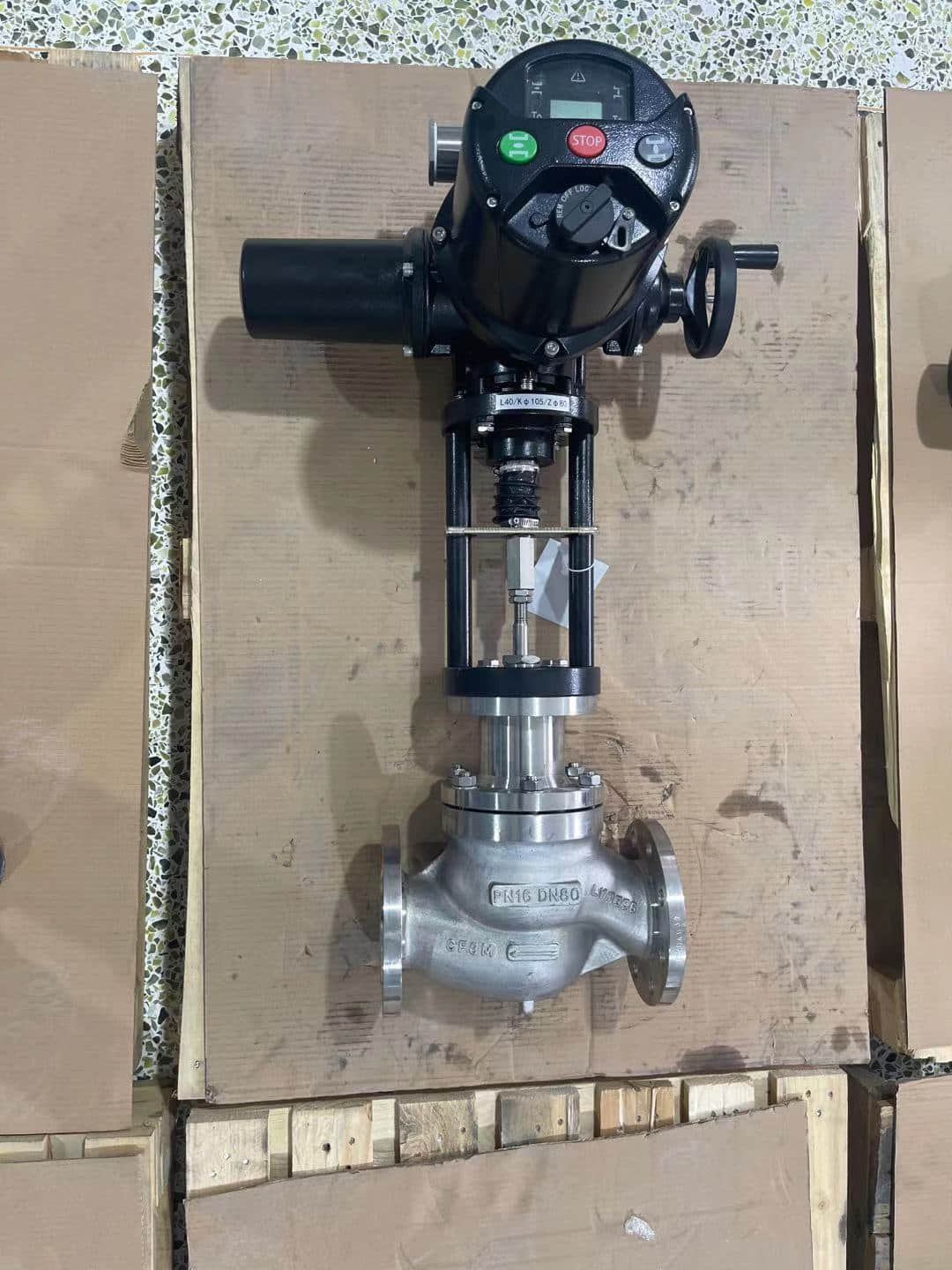the role of electric two-seat regulating valves in modern automation: a focus on helite automation
Release time:2025-01-26 00:49:42
In modern industrial automation, precision and reliability are paramount for ensuring smooth operations. One of the critical components that support this are regulating valves, particularly electric two-seat regulating valves. These valves are used in a wide variety of applications across industries such as oil and gas, water treatment, HVAC systems, and many others. Among the manufacturers of such valves, Helite Automation stands out for its innovative designs and commitment to high-quality performance. In this article, we will explore the functionality of electric two-seat regulating valves, their benefits, and how Helite Automation has revolutionized their use.

What is an Electric Two-Seat Regulating Valve?
An electric two-seat regulating valve is a type of valve designed to control the flow of liquids or gases within a system. As the name suggests, it typically features two seats, or sealing surfaces, that ensure tight closure and prevent leaks. The primary function of these valves is to regulate the flow rate of media by adjusting the valve's position, which is controlled by an electric actuator. Unlike manual valves, electric two-seat valves offer automated operation, which enhances process control and efficiency.
The "two-seat" design refers to the valve's ability to provide more reliable shutoff and better flow control. The valve consists of two sealing surfaces that come together to create a secure seal. This design improves durability and reduces wear, ensuring that the valve can withstand high pressure and temperature fluctuations.

